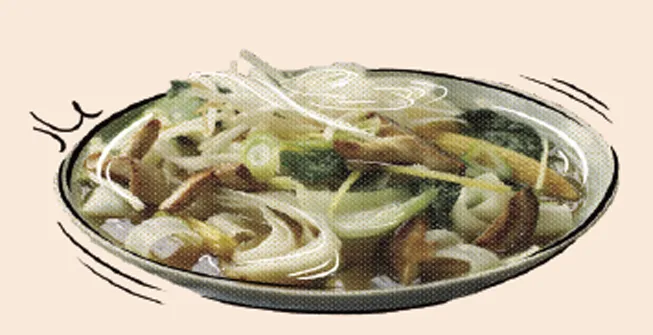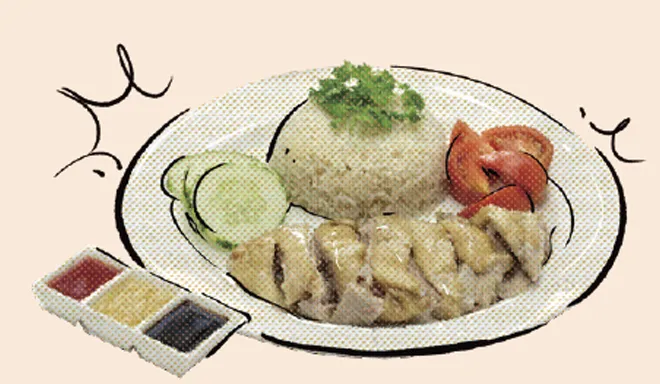Three Foods With Misunderstood Origins
Hangzhou Xiaolongbao
Hangzhouxiaolongbao, small steamed buns with savory fillings usually found at budget breakfast stalls bearing the same name across China, actually originate from Shengzhou, a small city of 600,000 people about 100 kilometers southwest of Hangzhou.The migrant workers from Shengzhou, who opened shops selling steamed buns in their adopted cities, believed that nobody would have heard of their hometown, so they borrowed the more famous name of the provincial capital to popularize the snack.
That being said, Hangzhou, as well as many other cities in the Yangtze Delta region, has its own version ofxiaolongbao.Compared to the Shengzhou variety,the skin of Hangzhou’s steamed buns tends to be thinner and more translucent,and the fillings tend to contain more meat broth.

Anhui Flat Beef Noodles
Banmian(板面)—a type of wide noodle socalled because the dough is stretched out on a board to give it its flat shape—exists in its purported birthplace: In Taihe county,administered by the city of Fuyang in Anhui province, there’s a type ofbanmianusually consumed with lamb in a broth seasoned with up to 20 different spices.
However, the “Anhui beefbanmian” familiar to budget diners across China, usually served at no-frills restaurants bearing the same name,actually originates 600 kilometers north of Anhui in Hebei province.A quick search for the dish in the provincial capital, Shijiazhuang,turns up nearly 2,000 results on review app Dianping.The Hebei version of the noodles replaces the lamb with beef, allegedly to save on costs, and became popular among migrant workers who came from all over the country to work in Shijiazhuang.

Hainanese Chicken Rice
Despite the name, this dish does not even originate from China—in fact, it’s one of the characteristic dishes of Singapore,the destination of many emigrants from southern China, including the island of Hainan, in the 19th and 20th centuries.The cooking method is inspired by Wenchang chicken from the northwest of Hainan,with chicken blanched in boiling water and served over a bed of rice with red chili sauce dip.In Hainan itself, Wenchang chicken is also eaten with rice or ginger and garlic dip, or inside a pot of coconut water.In December 2022, the province launched its first three-day “Hainan Chicken Rice Festival,” a part of the 22nd Hainan Island Carnival, a large-scale tourism event, to promote local chicken-themed delicacies.

